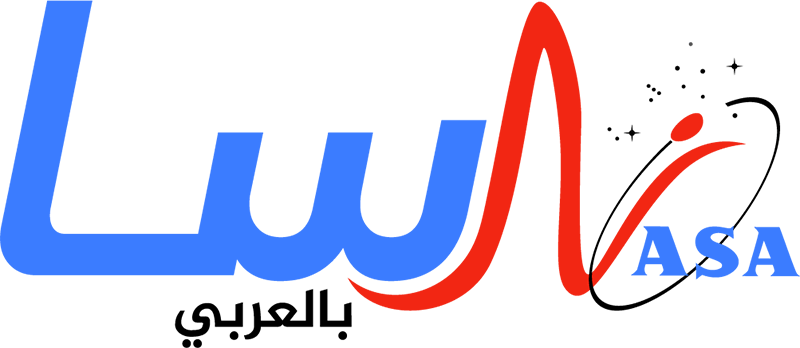تطوع معنا في مجال الفيزياء
اللغة العربية السليمة والواضحة، إضافةً إلى ترابط النص وجمله هي المعيار الذهبي والأساسي في الانتقاء؛ ولا تقل أهمية تلك الأمور عن التمكن في اللغة الإنكليزية أبداً؛ فالترجمة ليست نقلاً لمجموعة من الجمل والرموز إلى لغة أخرى، وإنما هي إعادة إنتاج للنص بنفس الوضوح والدقة. ستعطى أهمية قصوى لقدرة المتطوع على الالتزام.
السؤال الأول:
تحدث/ تحدثي عن نفسك باللغتين العربية والإنجليزية فيما لا يقل عن خمسة أسطر ولا يزيد عن عشرة لكل واحدة من اللغتين.
السؤال الثاني:
انقل النص التالي إلى العربية، مع مراعاة استخدام لغة عربية سليمة:
Weakness is good... when controlling light
It's a paradox that has long vexed researchers in the field of optics.
To control a light source, another light source that uses as much energy—if not more—is often required. The setup works, but it's not efficient.
A new study reports that researchers have demonstrated a way to control light with light using one third—in some cases, even less—of the energy typically required. The advancement, coupled with other developments, could ultimately lead to more powerful, energy-efficient computer chips and other optics-based technologies.
"Typically, symmetry connotes harmony and beauty. But not in this case. We've developed technology—an asymmetric metawaveguide—that enables a weak control laser beam to manipulate a much more intense laser signal," says Liang Feng, PhD, assistant professor in the Department of Electrical Engineering at the University at Buffalo's School of Engineering and Applied Sciences, and the study's lead author.
The study—"Metawaveguide for Asymmetric Interferometric Light-Light Switching"—was published today (Oct. 31, 2016) in the journal Physical Review Letters. It was co-authored by researchers at California Institute of Technology and the City University of New York.
The study reports that the metawaveguide—a tiny rectangular box made of silicon, the semiconducting material for computer chips—creates asymmetric reflections of the two beams of light, which enables the weaker beam to control the other beam.
السؤال الثالث:
ترجم/ي النص التالي في ما لا يزيد عن عشرة سطور مع مراعاة استخدام لغة عربية سليمة:
More than 15,000 near-Earth objects and counting
The international effort to find, confirm and catalogue the multitude of asteroids that pose a threat to our planet has reached a milestone: 15 000 discovered – with many more to go.
The number of catalogued asteroids approaching Earth has grown rapidly since the count reached 10 000 only three years ago.
Near-Earth objects, or NEOs, are asteroids or comets with sizes ranging from metres to tens of kilometres whose orbits come close to ours, meaning they could hit our planet.
The discovered NEOs are part of a much larger population of more than 700 000 known asteroids in our Solar System.
"The rate of discovery has been high in the past few years, and teams worldwide have been discovering on average 30 new ones per week," says Ettore Perozzi, manager of the NEO Coordination Centre at ESA's centre near Rome, Italy.
"A few decades back, 30 were found in a typical year, so international efforts are starting to pay off. We believe that 90% of objects larger than 1000 m have been discovered, but – even with the recent milestone – we've only found just 10% of the 100 m NEOs and less than 1% of the 40 m ones."
ملاحظة: في حال لم يتم التواصل مع المتطوع خلال 15 يوماً كحدٍ أقصى، يكون المتطوع غير ناجح في الاختبار وطبعاً نُرحب بانضمامه ومساعدته في أي شيء آخر يود أن يساعدنا فيه، ويمكنه ذلك بمراسلتنا على البريد الالكتروني [email protected]
نتمنى التوفيق للجميع، ناسا بالعربي.
تنويه: بعد ملء الطلب سنرسل لك الرد في أقرب وقت ممكن إلى عنوان بريدك الإلكتروني. قد تأتي الرسالة ضمن مجلد Spam أو Junk لذا يرجى تفقد هذه المجلدات أيضاً، وقد يُطلب التواصل معك عبر حسابك على الفيسبوك نظراً لضرورات التواصل والعمل التطوعي.
